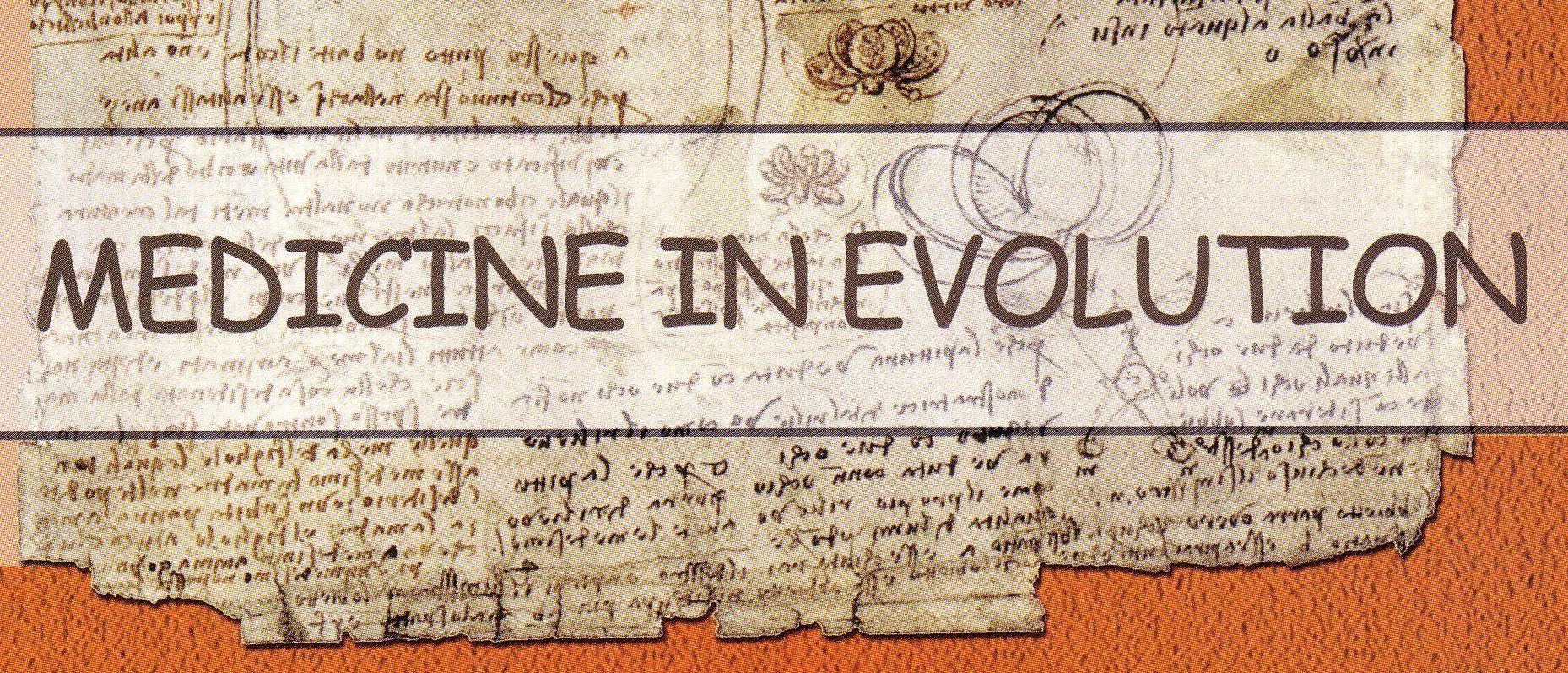|
Medicine in evolution
|
- Abstract - Aim and objectives: to asses the possibility of developing a tracheal sound analysis tool capable of diagnosing obstructive syndromes Material and methods: 33 subjects were stratified to the obstructive or control group. Tracheal sound was recorded during a forced expiratory maneuver; acquired signals were analyzed in terms of sound level vs time and a linear regression model was computed. The obstructive subgroup included 21 vs 13 controls. We found statistically significant between group differences for expiratory duration and for the linear regression and negative significant correlations between slope and expiratory duration, FEV1 and FEV1/VC. Building the ROC curve a threshold value of -19.67 for the slope of the linear regression model will associate a sensitivity of 95% and a specificity of 84.6% for this test.
Conclusion:
Available data suggests that tracheal sound level
analysis could be developed into a diagnostic and
monitoring tool; additional mathematical approaches
are probably necessary.
Webmaster: Creanga Madalina |
|---|
